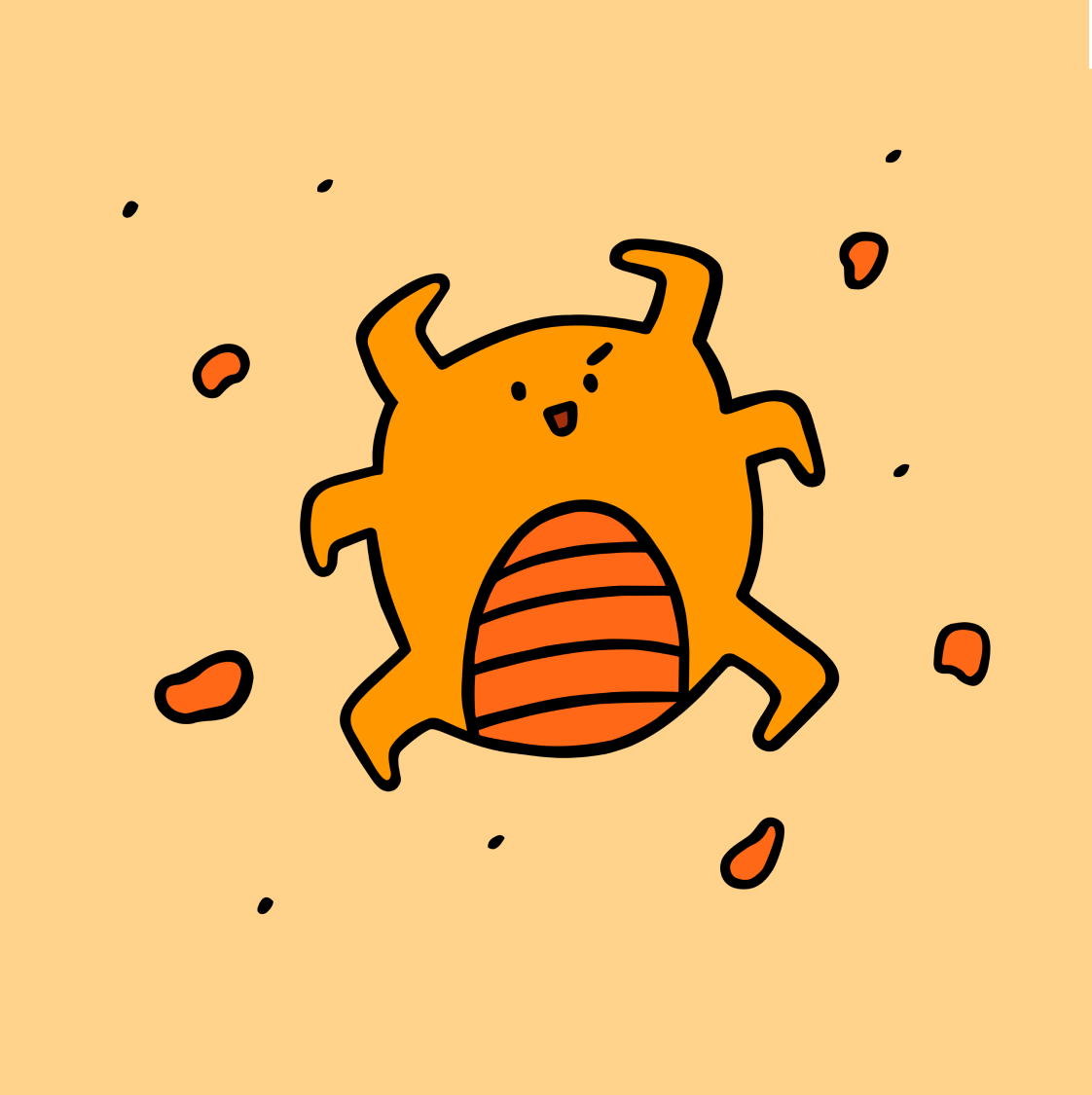Objectives
There’s a blood sucking parasite living on me? On my precious genitals?! Of the various sexually transmitted infections one can contract, what is pubic lice? How can we avoid it, why is it important that it’s treated, and what should we be careful of when treating it?
Facts and Myths about Pubic Lice
✔ Pubic Lice
pubic ‘crab’ lice, pthiriasis
Pubic lice, are small, broad-bodied parasitic insects. They live on human hair and suck blood four to five times a day. Eggs are laid on the hair, and these eggs hatch after two to three weeks, worsening the symptoms. Infection with pubic lice is known medically as "pthiriasis", colloquially as “crabs”.
✔ Pubic Lice Causes
The cause of a pubic lice infection is the public lice itself. Infection is mainly spread by sexual contact and is considered an STI. There is a very, very low chance of infection through towels or bedding, but it is very rare. If you have a relationship with an infected partner, the probability of transmission is over 70%, so the transmission rate is considered very high.
✔ Pubic Lice Symptoms
Pubic lice cause severe itching in the genital region. As the lice sucks the human blood for sustenance, the saliva and feces of the pubic lice cause an allergic reaction and an itching feeling. Generally, symptoms only appear a week after infection. Itching is a typical symptom, and in addition, scratches, bumps, or bruises may occur. It mainly occurs around the genitals, but it can also spread to other areas such as armpit and body hair.
- Severe itching
- Scratches and similar wounds
- Lumps or bruising
- Large amounts of yellow or green vaginal discharge
✔ Pubic Lice Treatment
You must go to the hospital to get the necessary prescription to treat it. It can be treated with medicinal creams, lotions, and shampoos. To prevent the spread, bedding, blankets, and clothes should be boiled in hot water and dry cleaned before re-use.
Summary
- Pubic lice are mostly spread by sexual contact.
- Partners must also be treated in order to effectively combat pubic lice.
